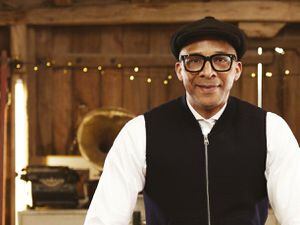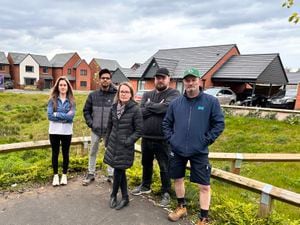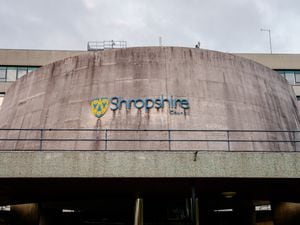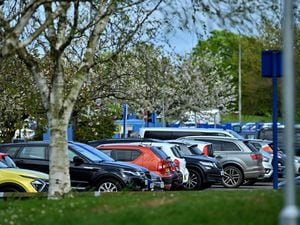No end in sight for cost-of-living crisis for those hit hardest at Shropshire food banks
With inflation down to the lowest level in nearly two and a half years, many are predicting 2024 will mark the end - or easing - of the cost of living crisis.
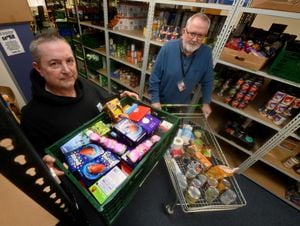
While inflation has come down quite considerably, it doesn't mean that prices are falling. In fact, it means they are still rising - just not quite as fast.
A combination of lower inflation and sustained wage growth should mean British households “start to feel better off” this year, according to the National Institute of Economic and Social Research (NIESR).
But for those on low incomes, who have been hit the hardest by the crisis, economic recovery to pre-pandemic levels is not expected for another three years.
According to the NIESR, those on low incomes suffered "a disproportionately large hit" to their living standards. Since 2019-20, their disposable income has taken a hit of between seven and 20 per cent.
The report, published in February, said the poorest 10 per cent of households have had an income shortfall of some £4,600 on average. For many, that shortfall has seen them turning to food banks to help feed their families.
The most recent data available from the Trussell Trust demonstrates the increase of use has been in their three food bank locations across the county during the cost-of-living crisis.
Between April and September 2021, the locations handed out 4,408 food parcels. Two years on, numbers had jumped by over 28 per cent to 5,652 parcels. Almost 400 more parcels were given out to feed children.
Those outside the trust have also seen numbers soar in recent years.
Simon Lellow from Telford Crisis Support said: "Numbers have risen really consistently from when we started 10 years ago.

